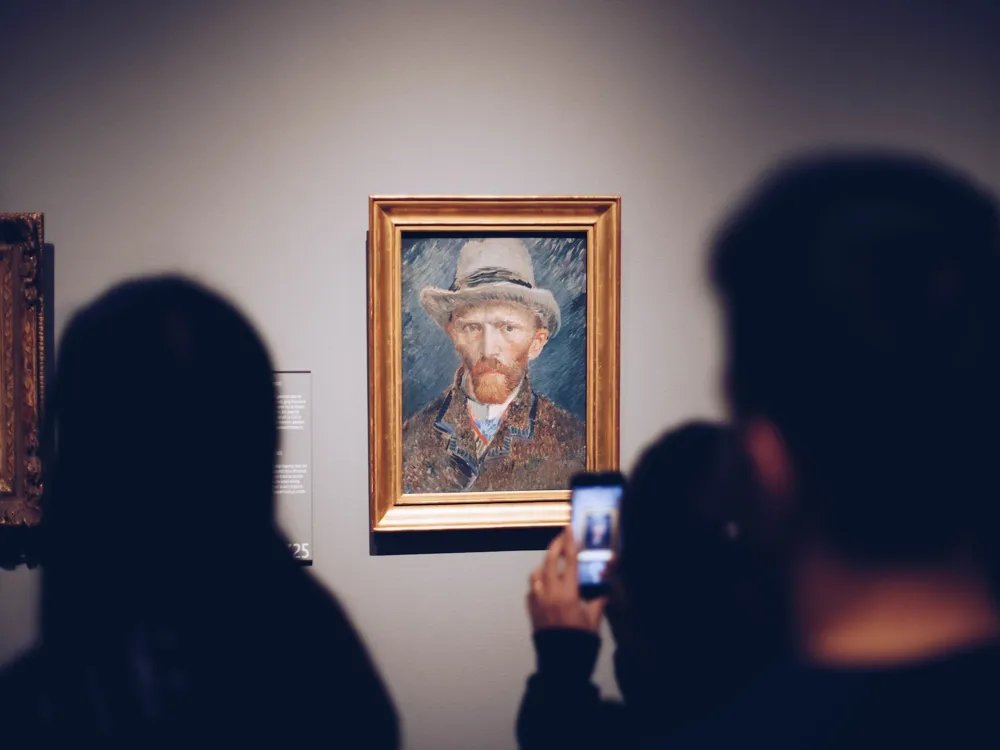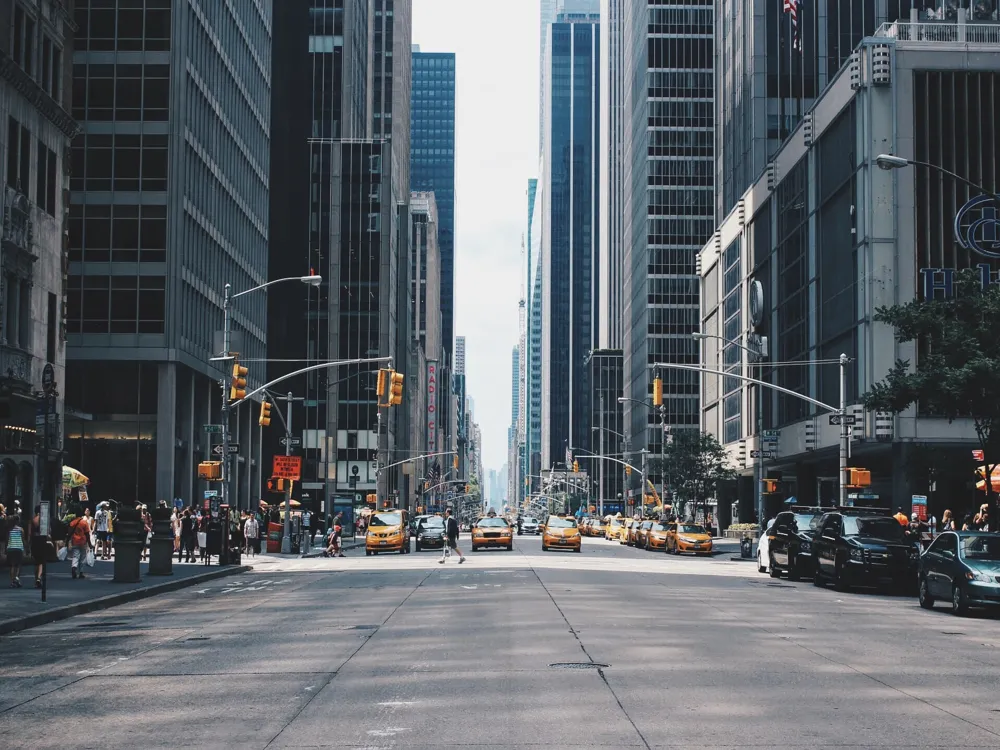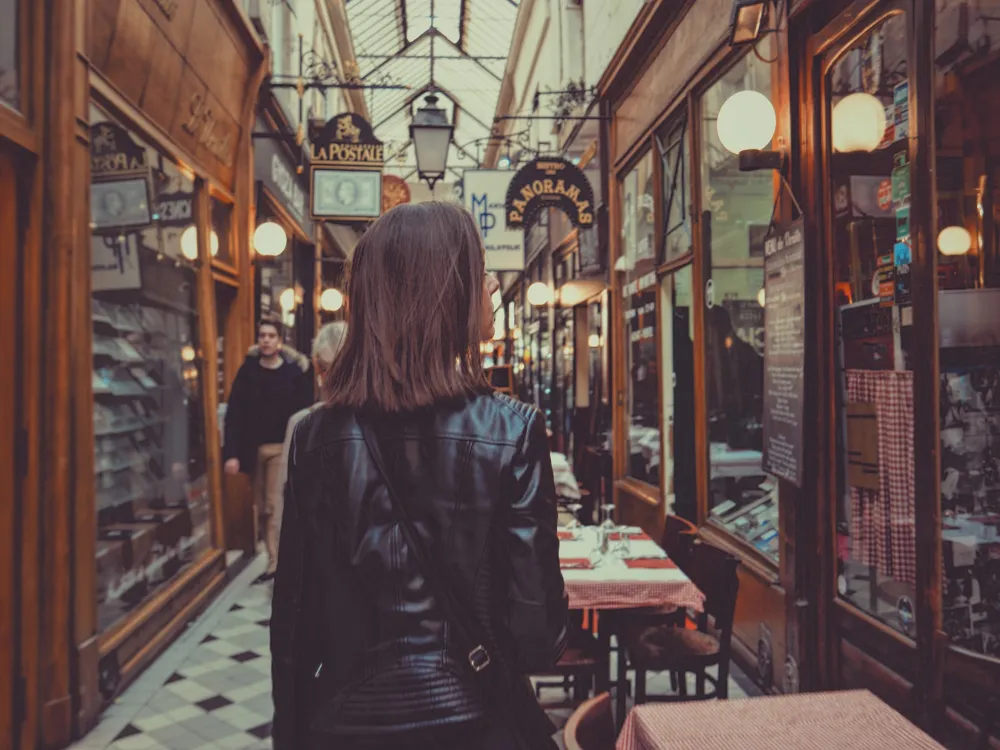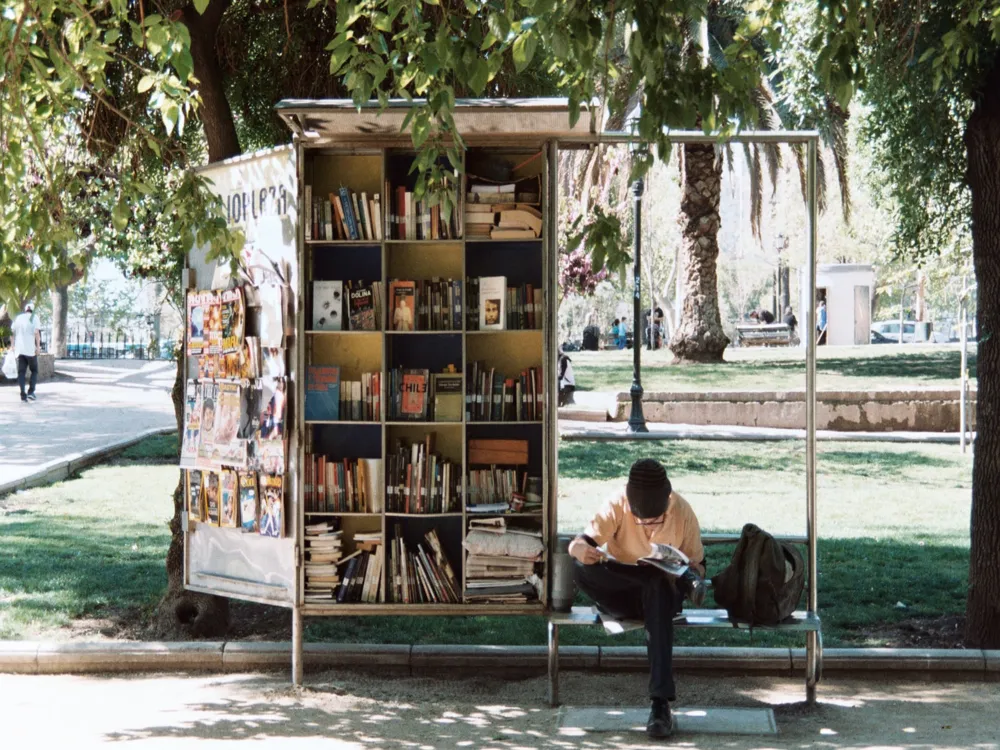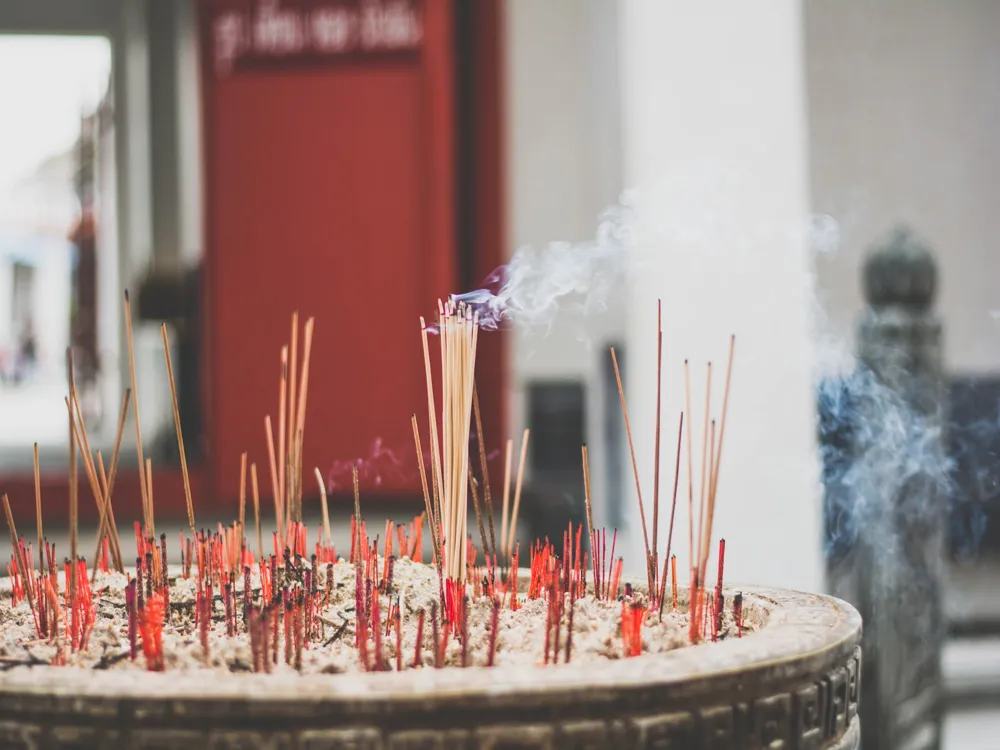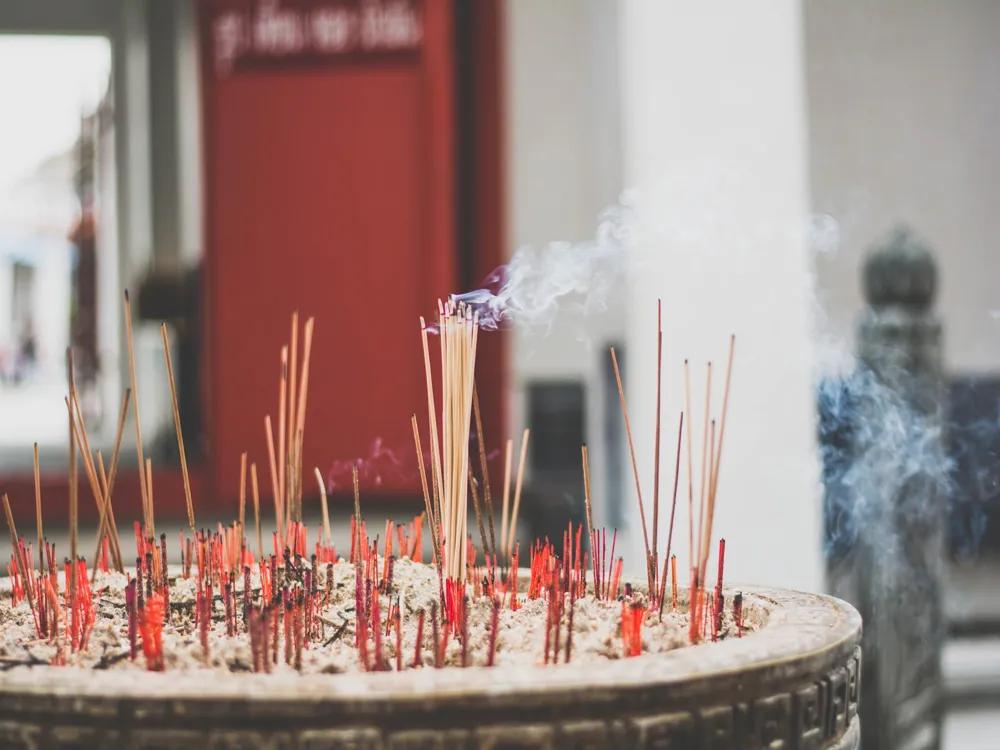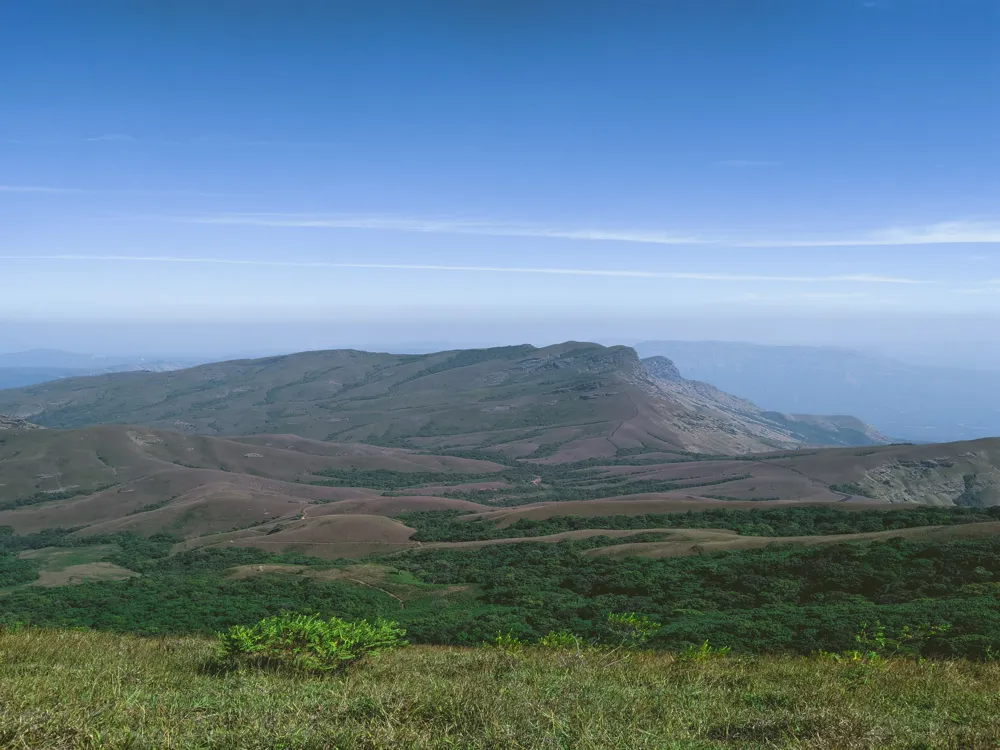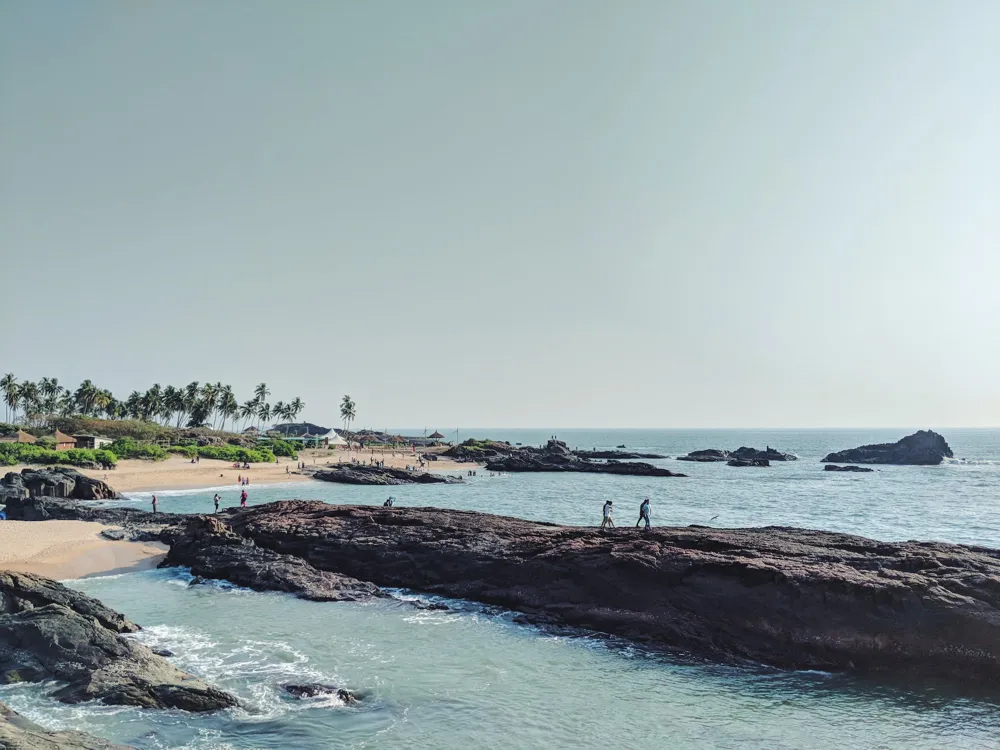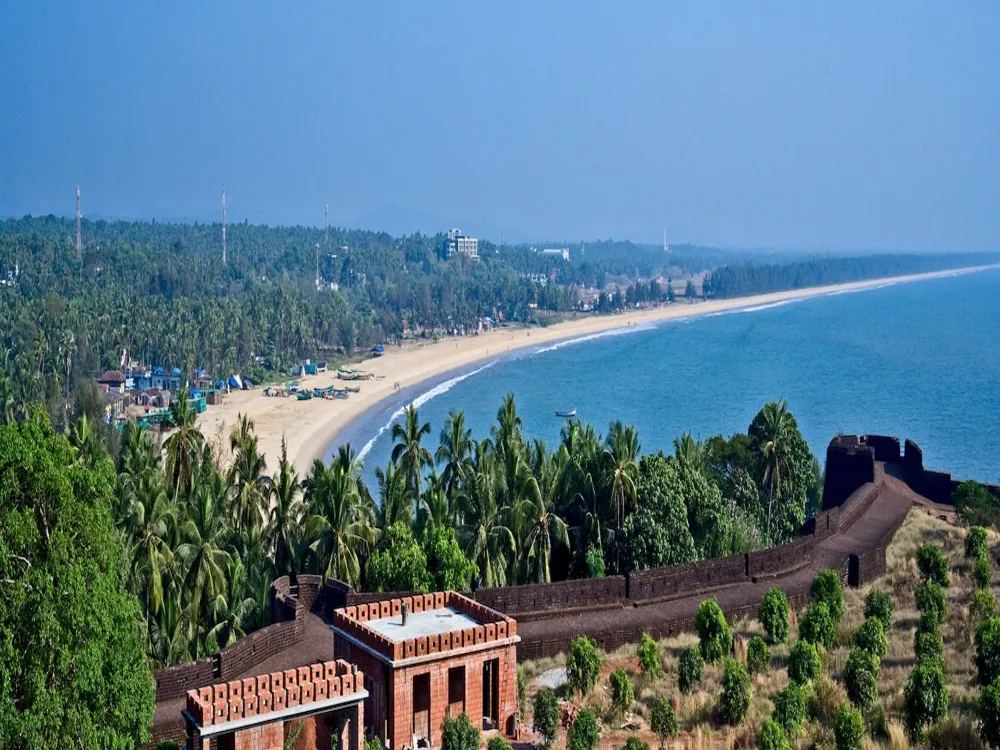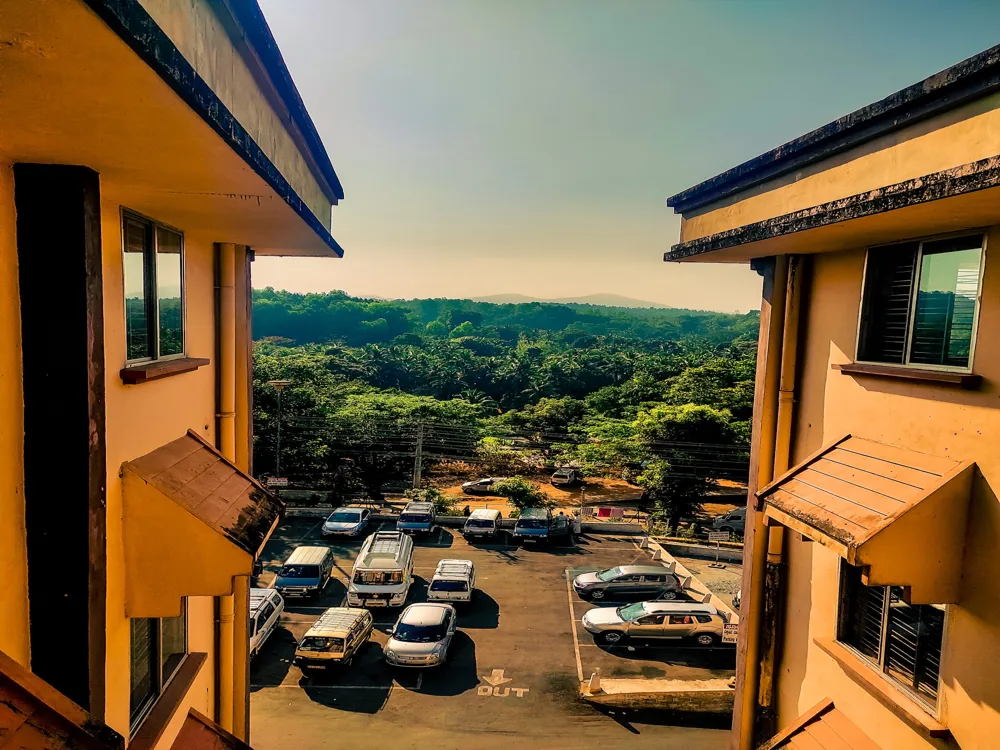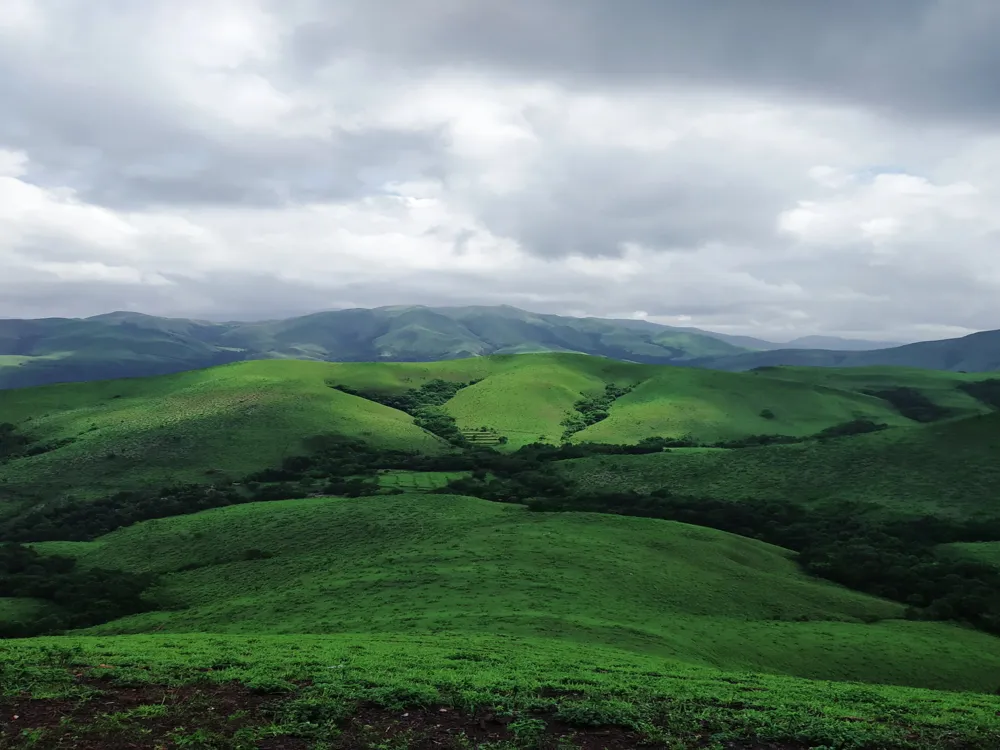The Bejai Museum, located in the heart of Mangalore, Karnataka, is a treasure trove of historical and cultural significance. This museum, also known as the Seemanthi Bai Government Museum, offers a unique glimpse into the rich tapestry of India's past. Established in the mid-20th century, it is housed in a colonial-era building that reflects the historical architecture of the region. The museum's collection boasts a diverse range of artifacts, including traditional costumes, coins, paintings, and sculptures, each telling its own story of the area's vibrant history and heritage. As you enter the Bejai Museum, you are greeted by a large hall, which sets the stage for the historical journey you are about to embark on. The artifacts are meticulously arranged in various sections, each dedicated to a different aspect of the region's history. One of the highlights of the museum is its collection of ancient coins, which includes rare specimens from different dynasties that ruled over the region. These coins offer a glimpse into the economic and political landscape of the past. Additionally, the museum houses an impressive array of traditional costumes and jewelry, showcasing the rich textile heritage and craftsmanship of Karnataka. The Bejai Museum also pays homage to the region's artistic traditions, with a section dedicated to paintings and sculptures. These pieces range from traditional religious art to more contemporary works, reflecting the diverse artistic influences that have shaped the region's cultural identity. Furthermore, the museum's collection of historical documents and photographs provides an invaluable insight into the social and political history of Mangalore and its surrounding areas. This collection is particularly significant for researchers and history enthusiasts, as it includes rare documents that are not available elsewhere. In addition to its permanent collection, the Bejai Museum frequently hosts temporary exhibitions and cultural events. These events are a great opportunity for visitors to engage with the local culture and learn more about the history of Mangalore. The museum also offers educational programs and workshops aimed at making history accessible and interesting to people of all ages. The Bejai Museum's architecture is a reflection of the rich history and cultural heritage of Mangalore. The building itself is a fine example of colonial-era architecture, characterized by its elegant façade, high ceilings, and spacious rooms. The museum's structure is designed to provide a suitable environment for the preservation and display of artifacts, ensuring that each piece is showcased in the best possible light. One of the most striking features of the Bejai Museum's architecture is its grand entrance. The large wooden doors are flanked by columns, leading into a spacious foyer that sets the tone for the rest of the museum. The use of natural light is a key aspect of the museum's design, with large windows allowing sunlight to illuminate the artifacts and create a warm and welcoming atmosphere. The interior of the museum is equally impressive, with high ceilings and arches that add to the grandeur of the space. The walls are adorned with intricate carvings and frescoes, which not only add to the aesthetic appeal of the museum but also tell stories of the region's past. The flooring, made of traditional tiles, adds a touch of elegance and complements the historical ambiance of the museum. The layout of the Bejai Museum is thoughtfully designed to guide visitors through the different sections in a logical and immersive manner. The flow of the museum allows for a seamless transition from one exhibit to another, ensuring that visitors can fully appreciate the depth and breadth of the collection. The use of space is also carefully considered, with enough room for visitors to move around comfortably and view the artifacts without feeling crowded. Before visiting the Bejai Museum, it's advisable to check the museum's opening hours and any special events or exhibitions that might be happening. Planning your visit in advance ensures you make the most of your time at the museum. As a sign of respect for the cultural significance of the museum, visitors are encouraged to dress modestly. Comfortable clothing and footwear are recommended, as you'll likely be on your feet for a while exploring the exhibits. While photography may be allowed in some areas of the museum, it's important to be mindful of the rules regarding flash photography and videography, as these can damage sensitive artifacts. Consider joining a guided tour or using an audio guide to enhance your understanding of the exhibits. These tours often provide deeper insights into the history and significance of the artifacts on display. Remember to respect the exhibits by not touching or leaning on them. This helps preserve these invaluable artifacts for future generations to enjoy. The Bejai Museum is conveniently located in the heart of Mangalore, making it easily accessible by various modes of transportation. For those traveling by public transport, the museum is well-connected by local bus services, with several bus stops nearby. For visitors coming from other cities or states, Mangalore has its own railway station and airport, both of which are well-connected to major cities in India. Taxis and autorickshaws are readily available from these transport hubs to take you directly to the museum. Additionally, for those driving to the museum, there is ample parking space available in the vicinity. Read moreOverview of Bejai Museum in Mangalore, Karnataka
Architecture of Bejai Museum
Tips for Visiting Bejai Museum
Plan Your Visit
Dress Appropriately
Photography Rules
Interactive Tours
Respect the Exhibits
How To Reach Bejai Museum
Mangalore Tourism
Best Time to Visit Mangalore
How to Reach Mangalore
Things To Do Mangalore
Bejai Museum
Mangalore
Karnataka
NaN onwards
View mangalore Packages
Weather :
Tags : Museum
Timings : 6:00 AM – 5:30 PM, Closed Mondays
Entry Fee : None
Planning a Trip? Ask Your Question
Mangalore Travel Packages
View All Packages For Mangalore
Top Hotel Collections for Mangalore

Private Pool

Luxury Hotels

5-Star Hotels

Pet Friendly
Top Hotels Near Mangalore
Other Top Ranking Places In Mangalore
View All Places To Visit In mangalore
View mangalore Packages
Weather :
Tags : Museum
Timings : 6:00 AM – 5:30 PM, Closed Mondays
Entry Fee : None
Planning a Trip? Ask Your Question
Mangalore Travel Packages
View All Packages For Mangalore
Top Hotel Collections for Mangalore

Private Pool

Luxury Hotels

5-Star Hotels

Pet Friendly







